This blog post features Jim Mortram. A talented photographer who captures the everyday lives of those who lives in Dereham (County of Norfolk, UK, which is very local to the Hahnemühle UK’s office)
Jim only takes photographs in a 3 mile radius of his local village. He captures with empathy many of the difficulties in life with people living off benefits, self-harm and even people looking after a relative with an illness like himself. Jim believes, “my photographs are about the endurance some people need just to survive.” The most important thing is telling their story. So he does with his images.
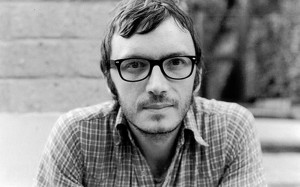 When did you discover your passion for photography?
When did you discover your passion for photography?
I was studying at Art School to become a painter when my Mother became very ill and I made the decision to leave my studies. I returned home to become her full time carer. Years later, after becoming somewhat marginalized, I was loaned a camera to encourage me to venture out of the house. Due to the nature of being a carer, it’s very easy to become insular, isolated.
Having a camera in my hands, it unlocked something within me. Almost as though two circuits had become reconnected. The first few weeks of shooting, was as though I’d come alive again after a long period of dormancy. I’d found both myself, and my calling in life.
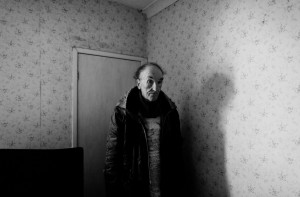
How did you come to the world of documentary photography?
Seemingly being a career, almost ends your creativity in life.
It can also be financially crippling. Therefore, I walk, or cycle everywhere, so the area I cover is within a three miles radius from home. Within the first few weeks of first being loaned a camera. I had no knowledge of how to use it. The village I live within, is very rural, and as much as I love the countryside, I had no real interest in documenting fields and trees.
A couple of houses from home, lived an old gentleman, and I’d known him to say hello to since I was young. I used to take long walks at night, early morning, a way to clear my head after a long day, and I would notice he was always awake too. One afternoon, I found myself walking to his front door, knocking and from there we began talking.
I had the camera with me, and almost instinctively, I began to make frames, listening as he talked. I stayed for maybe two hours and we repeated this a number of times, over coming days. Then, W.H discovered he had cancer, he was taken to hospital and caught an infection and very sadly passed away. It all happened very, very fast.
I was left with all these stories within my head and heart, and a camera filled with my first, faltering frames and I realized, I had to do something with what I had produced, what we had made together. The experience had given me the blueprint, to record, with context the testimony of people within my community. To document life within the now. To shine a light upon those so often stereotyped within the mainstream press, and to make messages in bottles for future generations to appreciate all that life was, within our now. 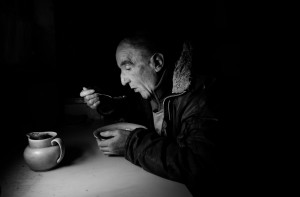
Which of your projects/motifs opened the door to the art market/professional market?
Small Town Inertia is the only project I have worked upon. It contains much content, from B&W documentary stories, short films, portraits, colour digital work, and film still work.
Who inspires you most?
The people I am lucky to share time with and document. Their endurance and kindness, inspires me beyond words.
How would you describe your personal photographic style?
More about listening than seeing. Personally, it’s highly important to me to be the best conduit for stories as I can. To be a link within a chain, always sharing.
What is most challenging about shooting documentary portraits?
It’s very consuming, emotionally, but, if you live life, much of life is challenging!
I work long form, so I keep in constant contact with all of the people I document. To continue to do so, time is essential to allow a natural story arc, to facilitate trust, to build relationships.
Financially, it’s very hard and I make many sacrifices. However, there is a truly amazing photographic community out there and I have made so many comrades, true friends that have helped me. None less than Hahnemühle, who’s help without, for sure, I would never have been able to learn to print, and to exhibit from as far as New York to London.
What importance do you place on the printed presentation of your artwork?
Prints are really the home of a photograph. Their physicality has a way of provoking a genuine emotional reaction that I still feel leaves us wanting when viewing photographs upon a monitor. When making photographs digitally, the physicality of craft is removed.
Printing gives back that important element. There is nothing comparable to being within a room and looking at a photographic print. It brings the reality closer. Therefore, the content of the photograph comes closer, you know it’s real. That relationship with reality is vital, especially for story based documentary work. 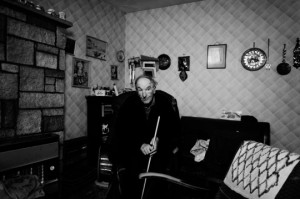
Which is your favourite Hahnemühle paper and why?
I really love the Photo Rag Baryta 315gsm , it’s the perfect tone of paper. Especially for black and white work. The photographs look so much like traditional darkroom prints it’s almost unbelievable. Whenever I exhibit, I will use the Photo Rag Baryta, and occasionally the Fine Art Baryta 325gsm .
Do you have a dream project you would like to realize sometime?
All I desire to do is continue working on documentary stories to make photographs.
What’s next?
Every week is the same for me, I care for Ma, timetable free time and arrange shoots within my local community. I also like to spend time within the global community, online and sharing the work I make and that of others. I believe, still, that photographs can unite us all and can change the world.
You can find out more about Jim on the following websites:
Small Town Inertia : http://smalltowninertia.co.uk
Colour portfolio : http://jamortram.co.uk
Twitter : https://twitter.com/JAMortram
Instagram : http://instagram.com/smalltowninertia


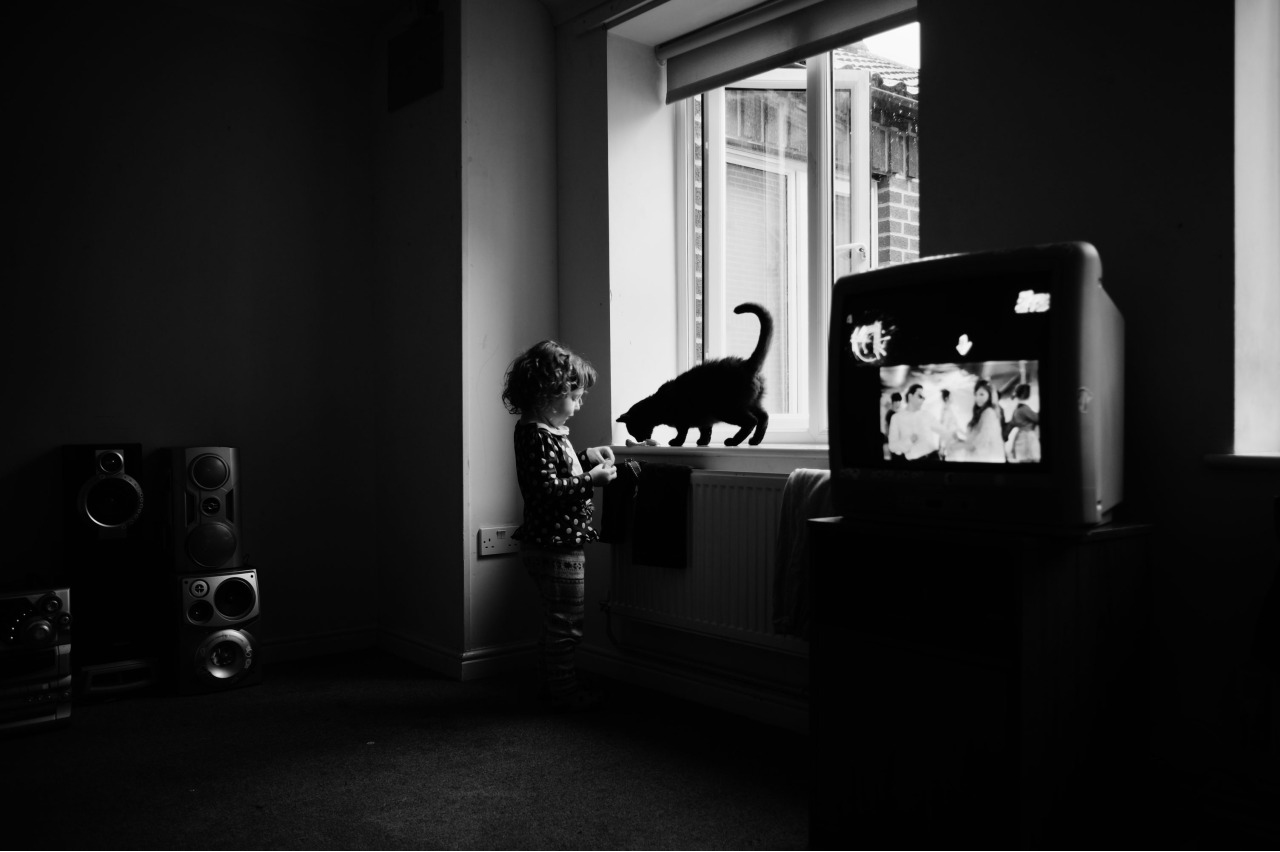






I met Jim online several years ago. for someone of his talent, with the profile he now has (which I’ve seen grow) he’s completely grounded. partly because of his personal circumstances but mostly because that’s who he is. completely aware of the lives of those people around him who live tough and complicated lives. they need endurance to survive. also support. and Jim’s work is like a laser beam showing all of this clearly as well as their shared humanity. although his most celebrated work is in black and white, it’s not grim. but there is a sense of impending darkness surrounding many. an acknowledgment of the poverty and alienation that many of these folk face daily. also their isolation and the sense of dislocation they feel from their local community and the wider society they are part of. they are personal images. they are also political images. this is what real creative and impassioned photography looks like. so thanks Hahnemuhle for helping Jim realise his unique vision.